In my eyes Hannah and James of JAMESPLUMB are two of the most original, inventive designers of our day. We have been friends for many years and have followed their work avidly – the most inspiring creations that are never predictable and always truly individual. They create objects and interiors through an obsessive exploration of materials, and distillation or amplification of the overlooked. Blended with their own extraordinary designs and in some cases inventions! Over the years they have been responsible for designs that have been seized upon (stolen) by the main stream and sanitised into mass market products. One particular example – and one of the first pieces they made back in around 2008 – is Sampson the dog lamp. The Eeyore type character became an iconic figure holding his shade in corners of many houses. They are at the edge where Art meets Interior design and whilst highly regarded in esoteric circles they are amongst this decade’s un- sung heroes, silently having a huge influence on design today. They share their favourite things with me:
Sharing Favourite things with Jamesplumb
2 April 2016
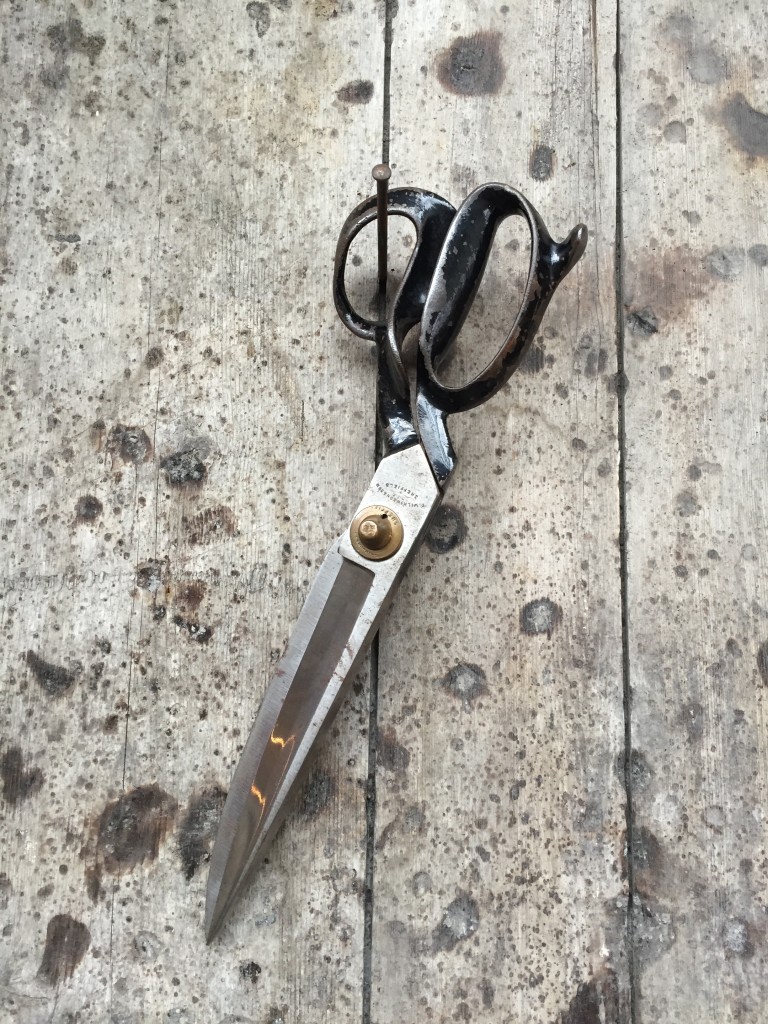
Hannah’s Grandfathers Tailoring Scissors.
These were my grandfathers scissors from when he was the head tailor at Gieves & Hawkes – the good old days in the 1960’s – not the high street chain it has become now. There a lot of memories attached to these and I learnt a lot from my Grandfather – especially his meticulous attention to detail, and obsession with an uncompromising finish. He couldn’t bare to see bad tailoring and was once so cross to see Pavarotti’s ill fitting suits that he wrote a letter to his tailor advocating a better fit that would flatter him more. The scissors have an amazing physicality and they feel so good when you use them. They glide and make the most delicious sound when you cut. I use them when we are working with fabric and want to kill anyone who doesn’t use them for fabric! What is so amazing is how they are made, the weight and workmanship involved, from a time when tools were made to last and were handed down through the generations.
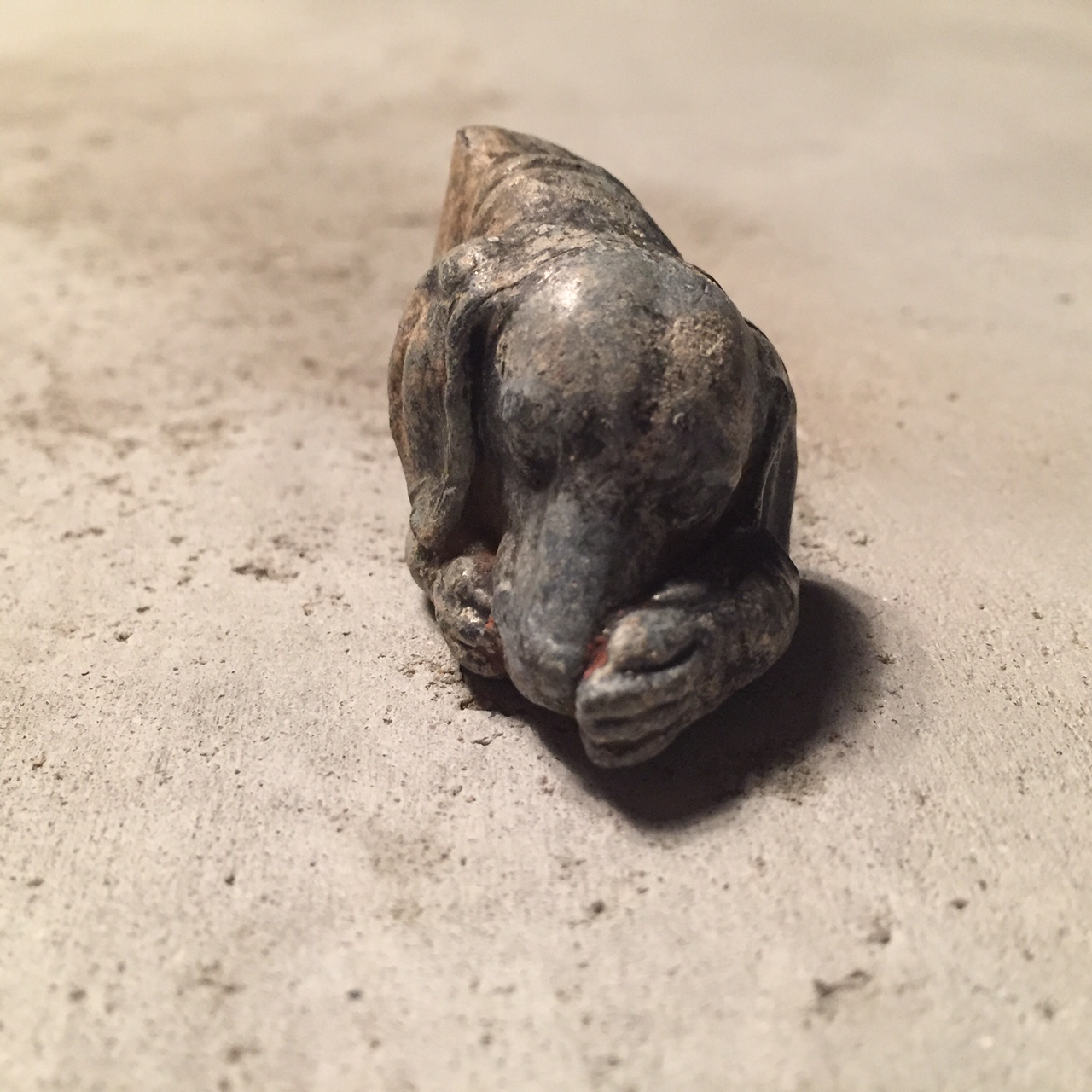
Dog’s head pewter fragment.
We bought this dog head quite recently from a flea market in Berlin from an adorable guy who has a little stand and curates the most intimate groupings that makes you stop and look. Everything he sells he has found and dug up from the ground. It got us thinking… imagine if he has more! On a larger scale! We asked him if he had a shop or studio. But he explained that he didn’t have anything else. No studio, no shop, no website, no computer. But that he could be found, every Sunday in the same place with his stand. We bought the whole curated group which the dog’s head was a part of. It is so special that only the head remains and we love his restful pose. It’s almost like a shell. How objects are valued is very interesting to us. The piece only cost a handful of euros but to us immediately became invaluable.
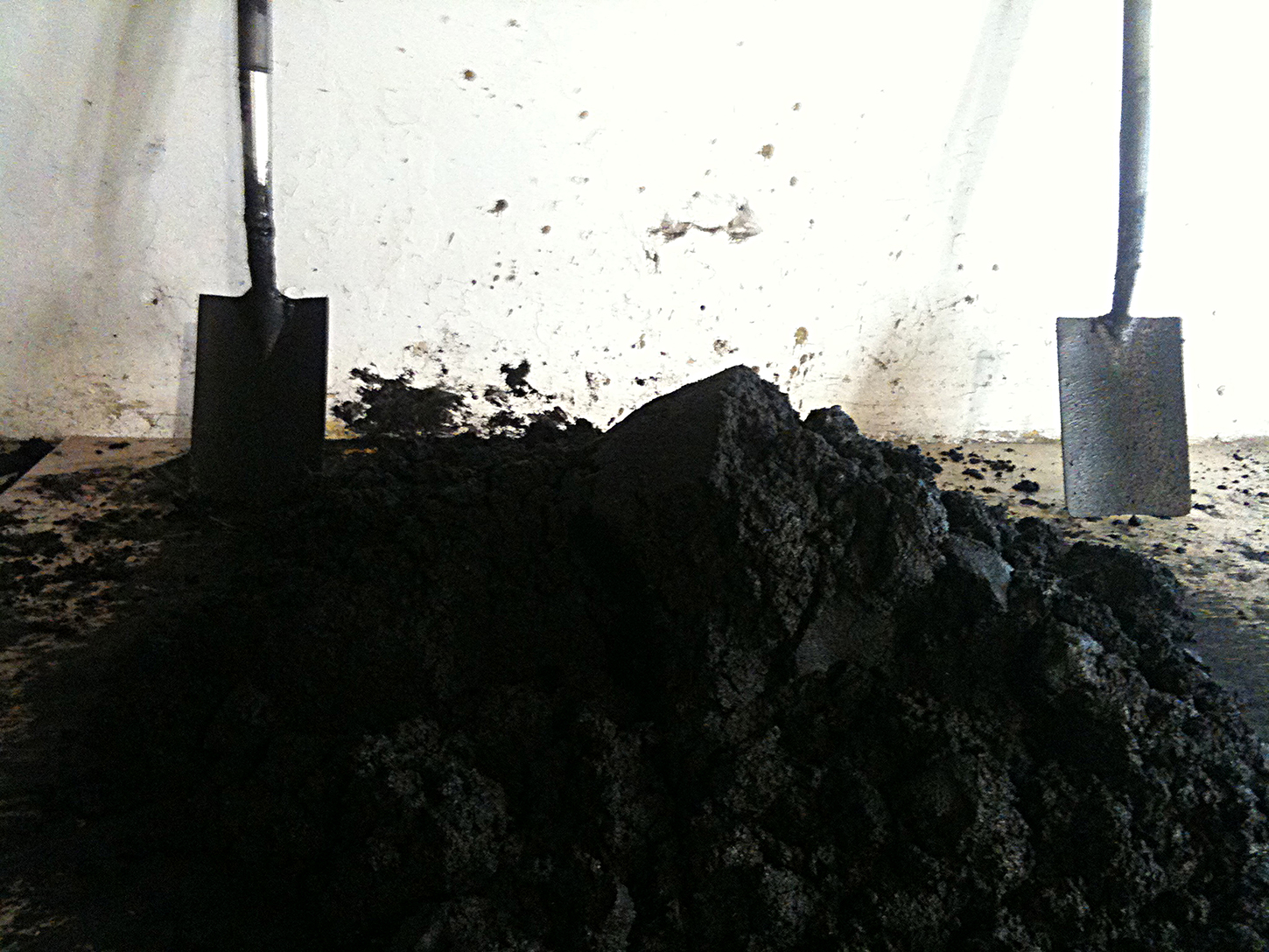
Can we choose a favourite process? We love the smell of wet concrete – the grains of sand and cement. The physicality of the mixing process. We started using concrete for our ‘Concrete Stitches’ series which we exhibited in Milan in 2010. The inspiration came from when Hannah’s father came for supper and sat in one of our kitchen chairs and accidentally broke it. The chair became even more beautiful, still standing with only three legs, a cracked frame and newly created negative space. Our challenge was to find a material in which to marry the wooden frame. That would elevate it further but without ‘restoring’ or compromising it. Concrete was the answer. Each piece from this series is named after marriage vows, a celebration of two distinct entitles becoming one whilst retaining their individuality.
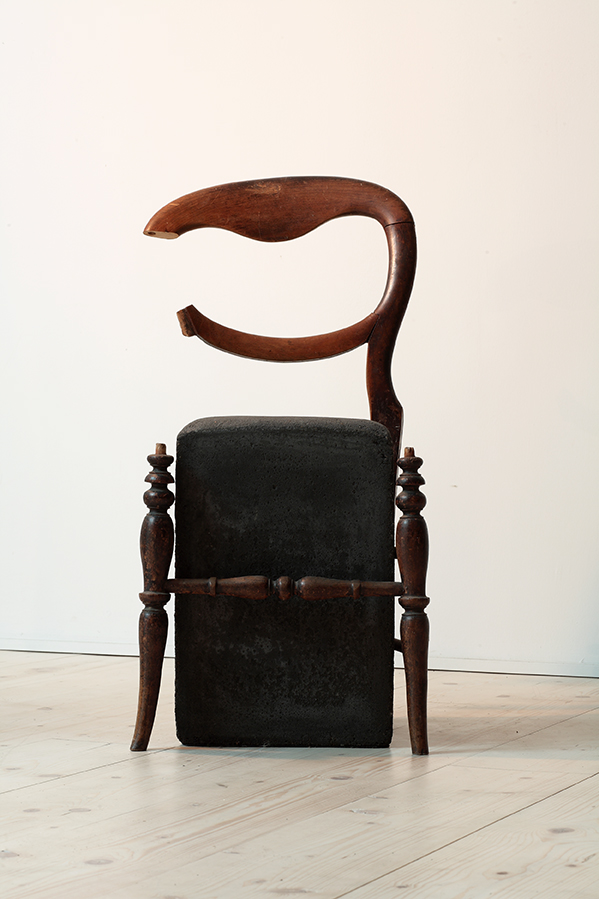
From this day forward.
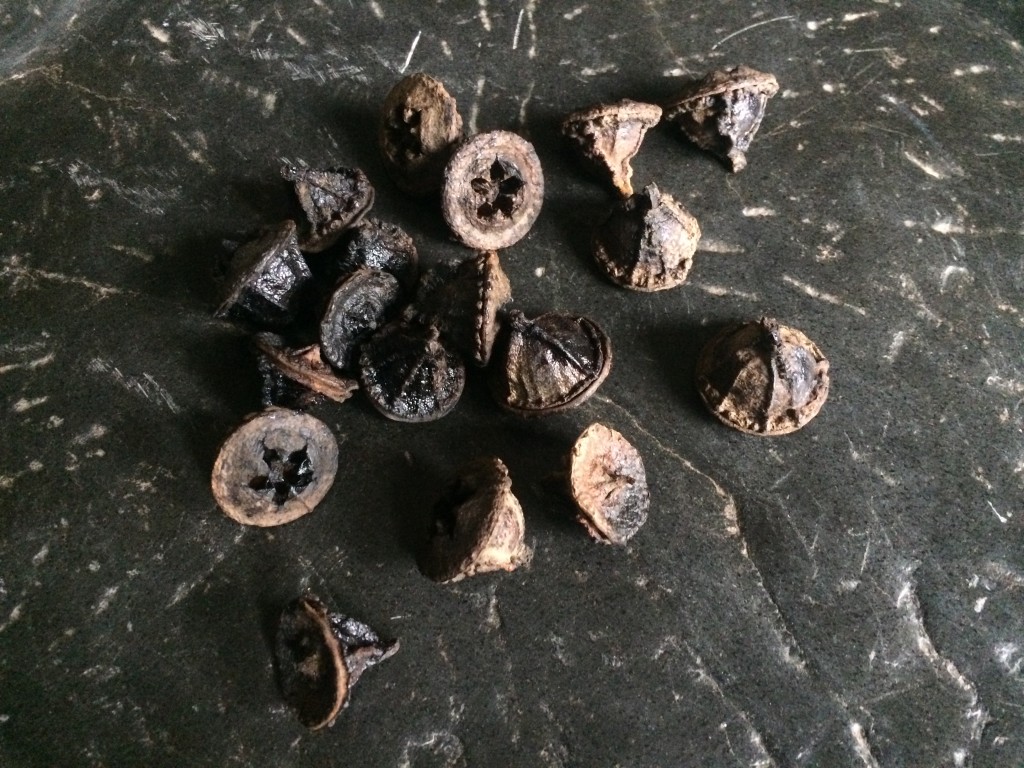
Eucalyptus Pods from San Francisco.
We found the Eucalyptus pods whilst walking around Fort Mason in San Francisco – we were there exhibiting some new work with Obsolete/Slete Gallery at FOG Design & Art Fair. We have always loved Eucalyptus but these particular pods were so potent that we couldn’t stop smelling them. They now live on top of our wood burning stove and come alive when the stove is on – the scent permeates the whole of the house.
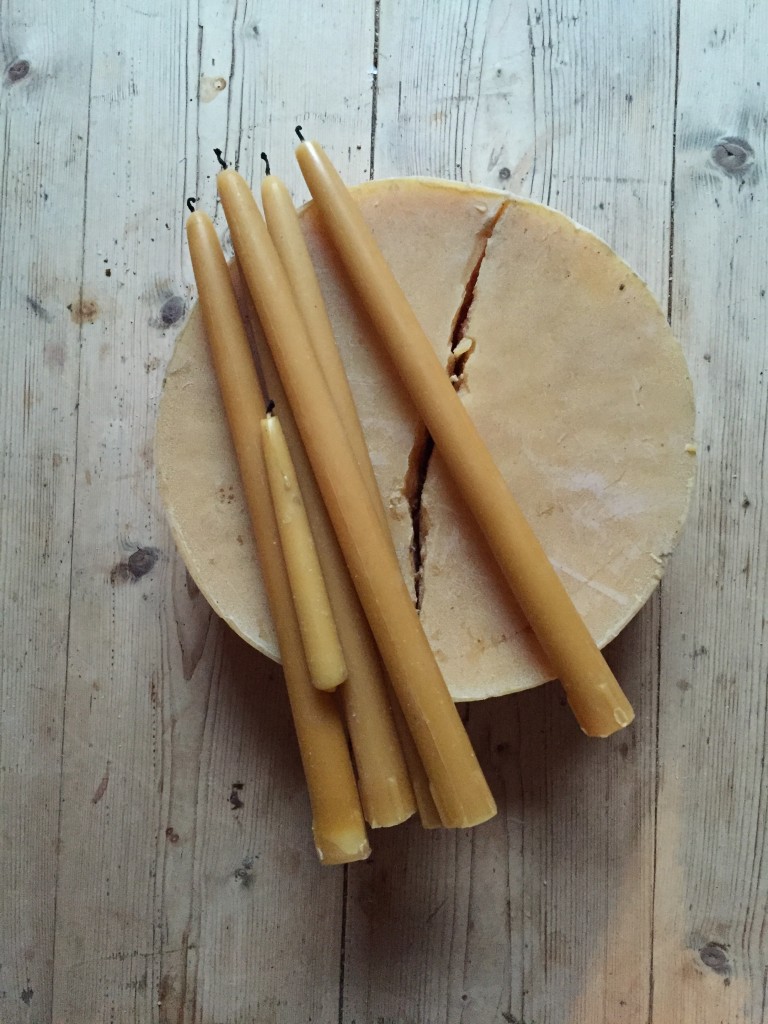
Hannah’s fathers beeswax and candles.
Last night we cooked by candlelight as there was no electricity. Even though we set fire to the shelf, it was the most beautiful experience! Can you imagine what it was like in the days before electricity, when everything was lit by candles, The quality of light cannot be compared – it is so calming and makes you slow down. Candlelight is a luxury especially if they are beeswax candles as they cleanse the air. My father is a beekeeper and he gave us this mound of beeswax which we want to make candles out of. We buy beeswax candles direct from small producers whenever we come across them, and these ones are from Berlin.
We are also obsessed with shadows of candles – and have a series of work called “Studies of Candles shadows”. The first piece was a 19th Century spelter Chandelier which we exhibited in a chapel in central london – suspended next to a seven and a half hour film projection of its own shadow.
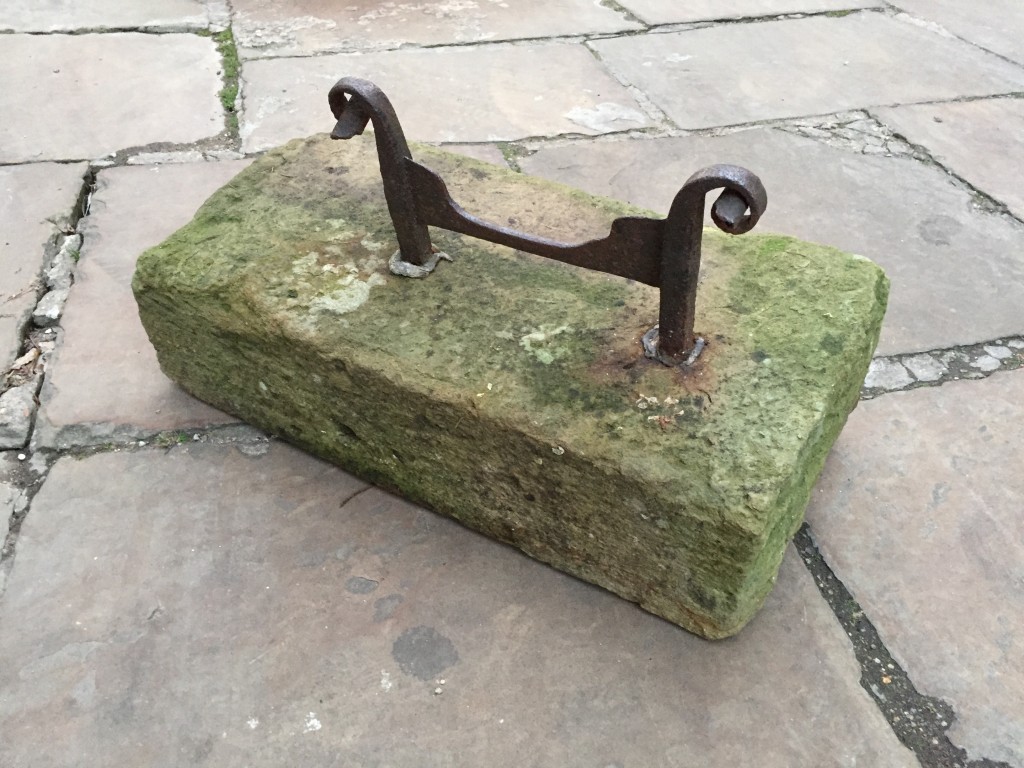
Bootscraper.
We saw this bootscraper at an antiques fair. It was completely out of context, in the middle of a field and we were struck by how completely sculptural it is.
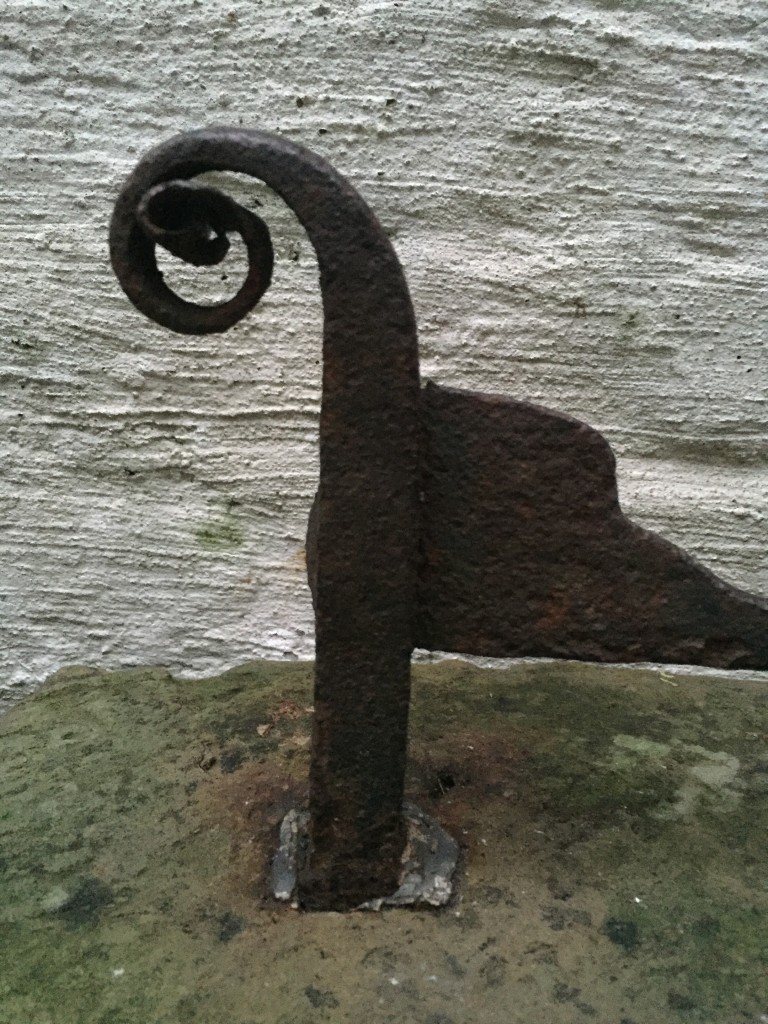
We loved it as an object – a piece of stone with cast iron for the scraper, set with lead. We love using lead in our work.
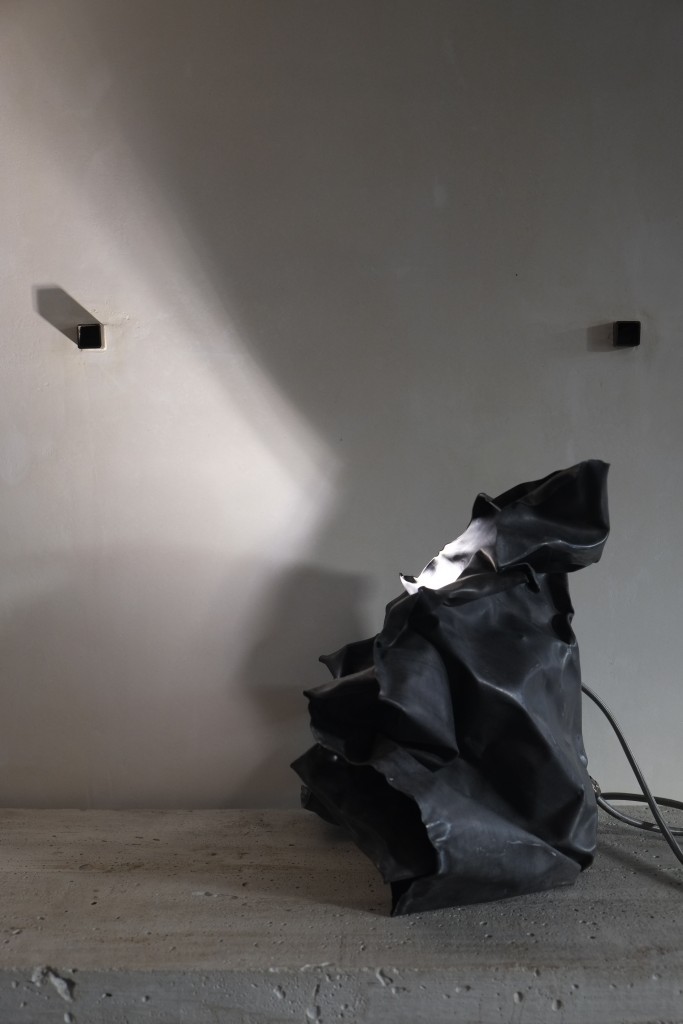
Leadlight by Jamesplumb.
It has got a bad reputation for being poisonous – but it is only poisonous if it is ingested. It is also a very sustainable material. We love its flexibility and malleability in sheet form, and also its patina. We made a series of lead lights by shaping and forming very thin lead sheet.
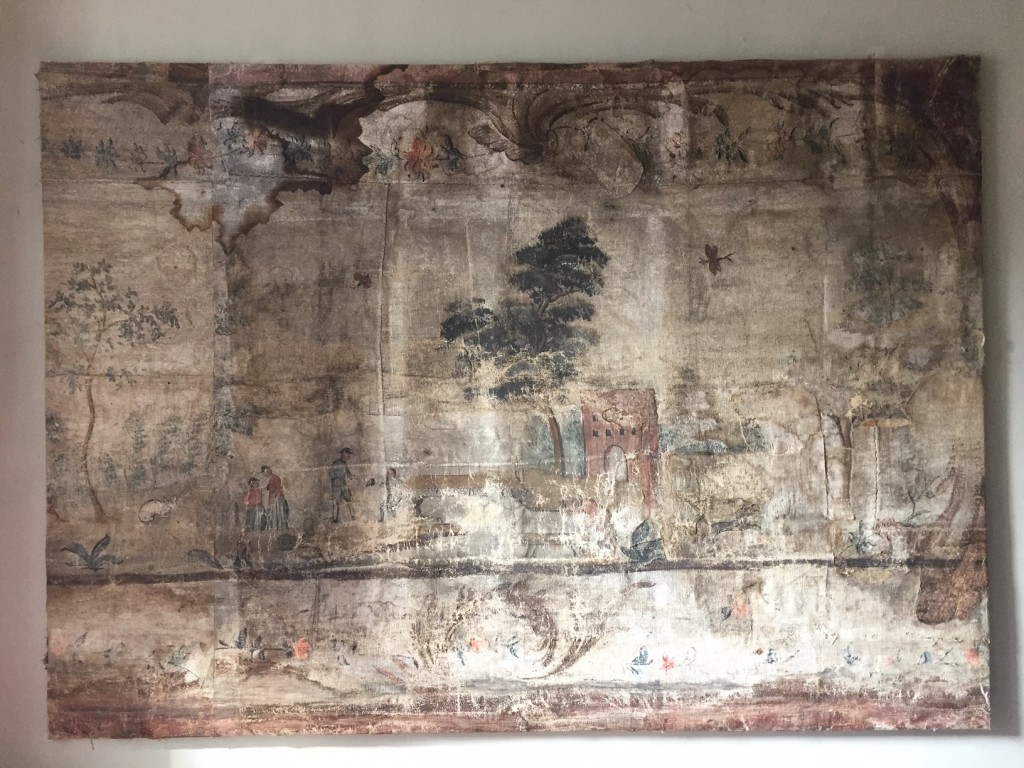
17th century Swedish painting.
We found this painting four years ago at the Decorative Antiques and Textiles Fair. It is the most expensive and naughtily indulgent purchase we have ever made. The painting would have been part of a fresco panelled room. What is amazing is that the canvas is actually pieces of sacking which have been sewn together. It is a folk scene with the most curious proportions. The dragonfly is the size of a Tiger Moth plane and the Castle is like a little hut next to the tree.
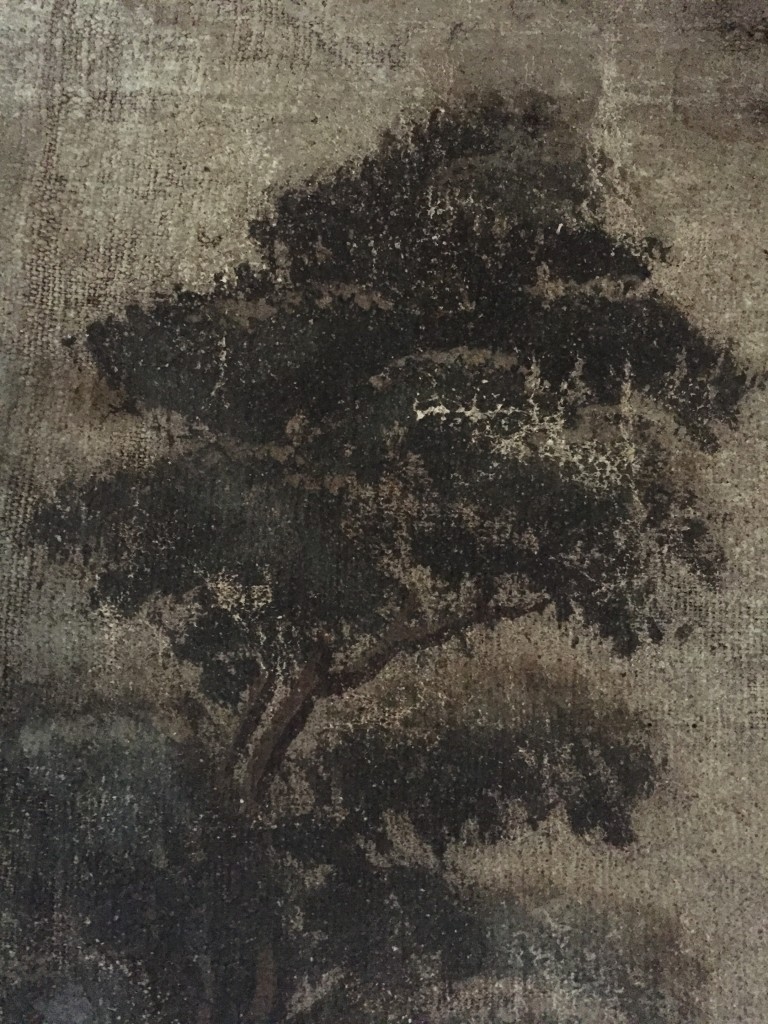
There are some mornings when the sun frames certain parts, and through the different months of the year it changes, illuminating different areas, and it makes you feel you are seeing it again.



